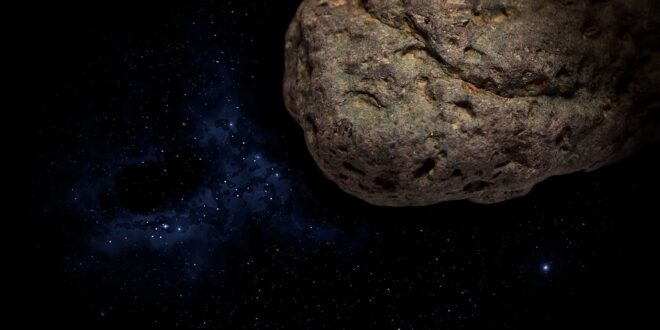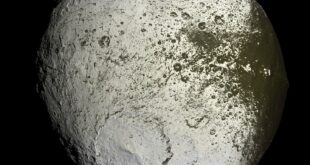The Most Amazing Giant Space Rocks to Marvel At
Stargazers love to catch a glimpse of the most impressive objects in the universe, especially giant space rocks. These magnificent wonders never fail to amaze us with their sheer size, beauty, and peculiar characteristics. From asteroids to comets, we’ve selected The Best Giant Space Rocks to Marvel At:
Vesta
The asteroid Vesta is the second-largest object in the asteroid belt and, with its distinctive shape and deep craters, one of the most intriguing. As a remnant from the formation of our solar system, Vesta offers scientists a glimpse into its earliest stages. It’s now part of NASA’s Dawn mission, which conducted a detailed survey of Vesta for more than a year.
Eros
Eros is a pizza-shaped asteroid that features a bizarre tangle of ridges, canyons, and boulders on its surface. It’s the same type of space rock that zipped within less than 17 miles of Earth in 2000 which made amateur and professional space enthusiasts excited to take a nearer glimpse at this giant space rock.
Titan
The largest of Saturn’s moons and “Earth’s cousin” among the gas-planet moons, Titan has a thick atmosphere that’s rich in nitrogen, like Earth’s. But it also contains hydrocarbons, which creates its icy surface. Widely researched because its atmosphere and geological features research may provide insights into distant expressions of Earth’s environment and even biology.
Halley’s Comet
A bright ball of gas and dust named after a British astronomer, Halley’s Comet inspires awe every time it sails past Earth’s orbit, visible in the night’s sky. The comet circles the Sun once every 76 years, making appearances to humans roughly twice per century. Its next rendezvous with Earth will take place in 2061.
Tharsis Planum
In contrast to asteroid and other space rocks mentioned in this list, Tharsis Planum is not actually an object. It’s the oldest and most massive elevated area on Mars, making its size a stupendous marvel of popularity for scientists and space enthusiasts. Located on the planet’s equator you are able to see four volcanic mountains called Tharsis Montes, including tallest mountain in the solar system, Olympus Mons.
These incredible giant space rocks might not necessarily count as typical tourist attractions, but there is no harm in putting your neck out and craning to marvel at these iconic basics without going anywhere or eye gazing while outside under the night sky where it’s visible to see any of these mars tacular creates from the naked eye – far away from light pollution, naturally. So next time, travel far? or nearby states that offers a more darker aura, take a star-gling made adventure or add these nature-inspiring structures to your space rock observation list.
 Mind Uncharted Explore. Discover. Learn.
Mind Uncharted Explore. Discover. Learn.



